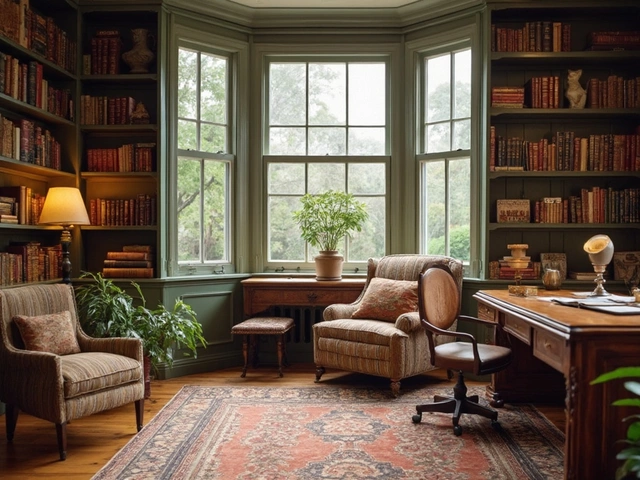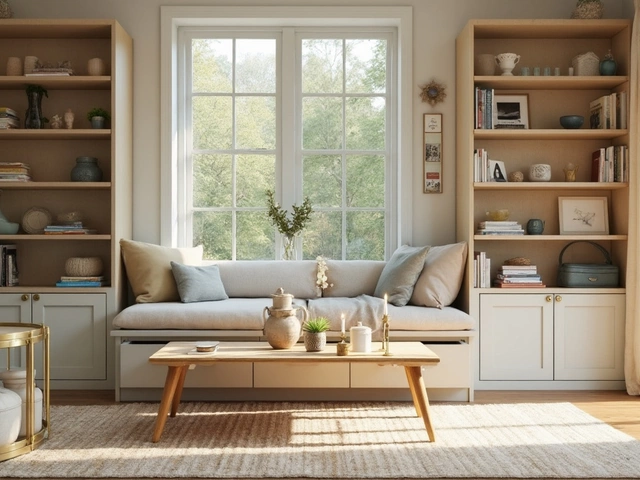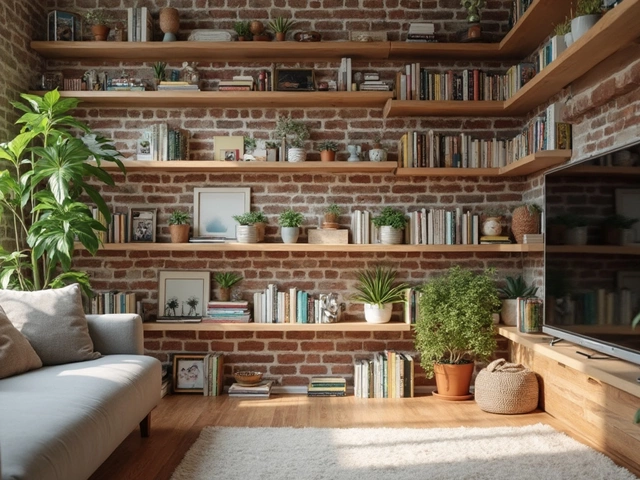Understanding the Two Main Types of Bedding: Sheets and Blankets Explained
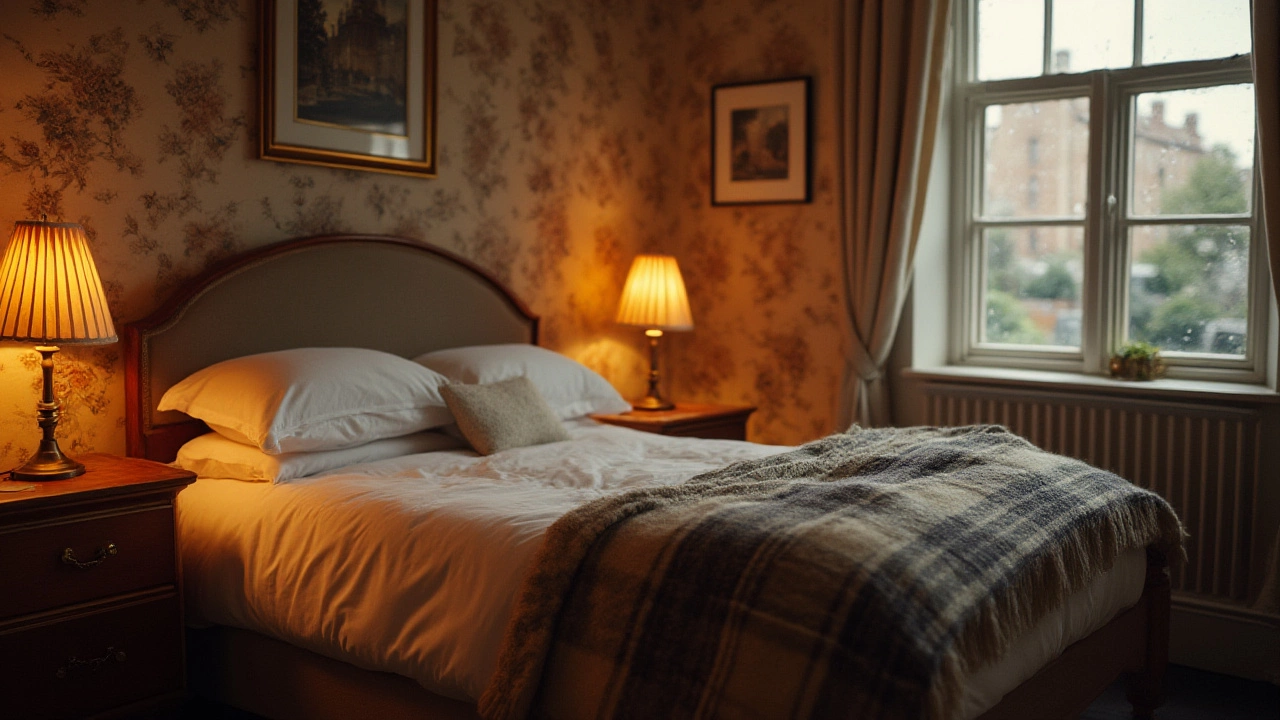
Peek into almost any bedroom and you’ll find one thing in common: bedding. But here’s a fun fact—most folks never actually pause to think about what bedding really means. Some just call it ‘sheets and stuff’. Others mix up duvets with comforters, or flat sheets with fitted. But did you know that, officially, bedding boils down to two basic types? Each fills a very different need, but both decide how cozy you feel when your head hits the pillow.
The Essential Difference: Sheets and Blankets
It’s wild, but in the world of bedding, everything starts with two big players: sheets and blankets. These categories cover basically everything your bed wears. Sheets go directly against your skin or against the mattress, doing all the dirty work—absorbing sweat, body oils, and whatever traces of last night’s midnight snack might have made it under the covers. Blankets, meanwhile, keep you warm. Sounds simple, right? Here’s the twist: the lines can get blurry. Take a look at duvet covers, quilts, coverlets, throws, and mattress toppers—they all fall under one of these types, or sometimes, a bit of both.
Sheets come in two main flavors: the flat sheet and the fitted sheet. The fitted sheet is the stretchy, elasticized one that hugs your mattress like skinny jeans. The flat sheet is that wide rectangle you tuck around you or the mattress. Meanwhile, blankets includes comforters, duvets, quilts, and throws—anything meant for warmth, not just decoration. These layers can vary in thickness, fill, fabric, and price, sometimes running into the hundreds of dollars if you get fancy and choose down or Egyptian cotton.
Let’s explore the secrets behind each. Sheets seem straightforward, but from thread count to fabric choices like percale and sateen, there’s a whole hidden world in choosing what goes next to your skin. Cotton remains the king, with about 70% of US households buying cotton bedding, according to the American Textile Association. Microfiber, bamboo, and linen have their fans too—linen for its breezy feel in the summer, bamboo for its eco-credentials, and microfiber for being cheap and easy to wash.
Blankets, on the other hand, are all about warmth and style. Europeans often favor duvets, with duvet covers you can toss in the wash—which is why you won’t always find top sheets on European beds. Americans love their comforters—puffy, pre-filled, and often covered in quirky patterns. Weighted blankets have exploded in popularity since 2019, with some sleep clinics claiming they help with insomnia and anxiety. And then there are quilts, which can be light as air or thick enough to survive a New England winter—sometimes even classified as family heirlooms.
Sheets: The Protective, Comforting Foundation
If you’re the kind of person who believes sleep starts with the perfect set of sheets, you’re not alone. The sheets are what you feel first, and they make a difference you can sense every single night. Let’s slice through the hype: most of the time, thread count isn’t the whole story. Sure, you might see numbers like 1000-thread count splashed across packaging, but anything above 400-500 isn’t really a guarantee of softer fabric—it often just means thinner, sometimes weaker threads packed together. The magic comes from the weave and the material.
Percale sheets are crisp, cool, and ideal for hot sleepers. Sateen sheets run a bit smoother, almost silky but heavier, perfect if you like that drapey, rich hotel-bed vibe. Linen sheets have exploded in popularity for their effortless chic, crinkly texture, and ability to wick away sweat. Bamboo sheets claim to be breathable and hypoallergenic—though only if made well; some cheaper bamboo blends can pill fast. Tencel, made from eucalyptus trees, is soft and environmentally friendly, increasingly landing in eco-minded households.
Fitted sheets are a modern miracle—let’s be real, wrestling with hospital corners gets old fast. Elastic all around means less shifting, less bunching, and no more waking up tangled in cotton. Flat sheets, meanwhile, can double as light summer blankets if you’re somewhere steamy, or extra protection against heavy blankets in the cold. Pro tip: try layering a percale flat sheet under a wool blanket on cold nights—the percale’s crispness keeps static down and the wool insulates beautifully.
Kids’ beds, guest rooms, Airbnbs—it’s easy to see why different types of sheets get chosen for different purposes. Durable polyester blends dominate in high-traffic spaces, since they shrug off stains and wrinkles. For your own sanctuary, splurge on natural fibers—they last a decade or more with gentle care. And if you’re into stats, here’s a 2023 consumer survey that showed 61% of buyers picked their sheets based on tactile feel alone, way above price, color, or even washability.

Blankets: Warmth, Layers, and Style
Blankets aren’t just for warmth—they’re part of the look, part of the feeling you get sliding into bed. The choices here can get dizzying. Comforters rule in many households: thick, fluffy, and often stitched to keep filling from clumping. Goosing up a comforter with a duvet cover is super common—it protects the filling, adds style, and is easier to clean.
Duvets and their covers are the European favorites, and honestly, they make laundry days simpler. You just remove the cover and toss it in with the rest of the wash. No more dragging the entire thing to a laundromat. Duvets tend to be lighter but insulating—the secret’s in the fill. Down is prized for maximum warmth with little weight, but synthetics like polyester are great for allergy sufferers and anyone who wants something machine washable and budget friendly. The best duvets have baffle-box construction to keep that fill evenly distributed—nobody wants chilly spots.
Quilts are the magic in-between. Layer one on in spring or fall, or stack them with a comforter in the dead of winter. Lots of folks hang onto quilts that have been handed down for generations, stitched with patterns or even made from old baby clothes. And then there are throws, which shouldn’t be ignored: perfect for napping on the sofa, doubling up in a guest room, or just for snuggling on movie night. Weighted blankets, now everywhere, have weight evenly stitched to encourage calm and deeper sleep—scientific studies out of Sweden and the US suggest they really do help some people, especially kids or adults with anxiety.
If you want to geek out a little, check out this quick overview of typical blanket fills and warmth levels:
| Blanket Type | Typical Fill Material | Warmth Level | Average Price ($) |
|---|---|---|---|
| Comforter | Down or polyester | High | 40-400 |
| Duvet | Goose down, duck down, microgel | High | 60-600 |
| Quilt | Cotton batting | Medium | 50-200 |
| Throw | Fleece, wool, synthetic blends | Low-Medium | 20-100 |
| Weighted Blanket | Glass beads, plastic pellets | Medium-High | 60-300 |
One fun note: in hotter climates, many people skip the heavy stuff altogether and just use a flat sheet plus a lightweight quilt—or sometimes nothing but the sheet itself.
Choosing Bedding for Sleep, Health, and Season
You wouldn’t wear the same sweater to the beach as you would to a ski lodge, right? Bedding is all about what your body needs at night as temperatures, humidity, and personal preferences change. Hot sleepers (I count myself among them) swear by percale sheets, linen, and light cotton quilts. Folks who freeze easily go for heavy duvets or old-school wool blankets—wool, by the way, is naturally flame resistant and can absorb 30% of its weight in moisture before feeling wet, so it’s super cozy without feeling clammy.
If allergies are a thing in your house, run from down or feather fills and look for synthetic, hypoallergenic options. Bamboo and Tencel sheets resist dust mites and are great if you have sensitivities. Weighted blankets? Only grab one if you really enjoy a tightly cocooned feeling—it’s not for everyone, and heavier isn’t always better.
Seasonal swaps can totally transform your bedroom. In spring and summer, thin out your bedding—think crisp sheets, a breathable blanket, and maybe a light cotton quilt. As it gets chilly in fall, layer on throws, and swap to a thicker comforter or duvet insert. Some bedding is labeled with a “tog” rating (especially in Europe), which just means how much heat it traps—the higher the tog, the toastier you’ll be.
Wash sheets every 1-2 weeks—yes, seriously! They touch your skin and collect sweat, dead skin cells, and even bacteria. Blankets and comforters can go longer, but should get a wash every 1-2 months, or more often if allergies are an issue. Always follow care labels—some luxury sheets and blankets can shrink or lose color if you crank up the washer heat.
Here’s a hack: Invest in two or three sets of sheets. It helps you rotate regularly, means you’re never dealing with damp sheets if laundry day runs late, and actually helps everything last longer. Statistics from a 2022 US study showed people who rotated bedding sets got almost twice as many years out of their linens (an average of 7 years, versus 3-4 for single-set owners).
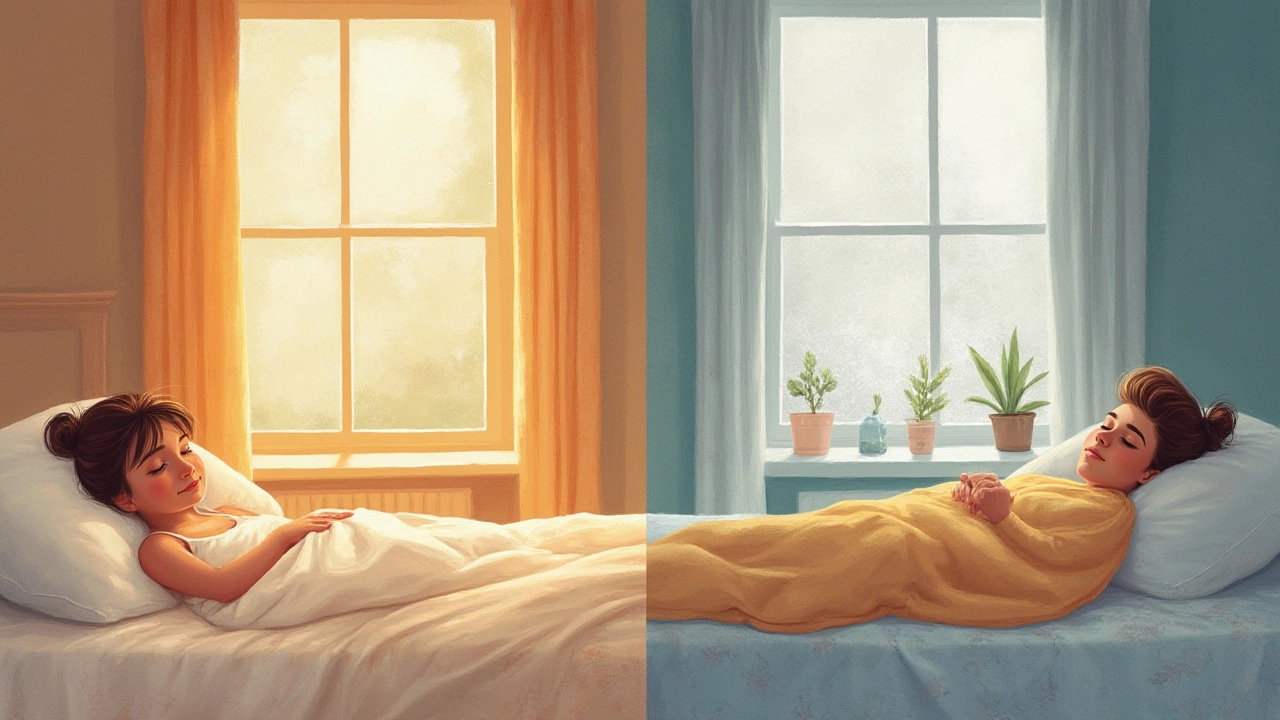
Easy Ways to Make Bedding Work for You
If you want your bed to look like something out of a lifestyle magazine, it honestly starts with thoughtful layering—no need for a dozen throw pillows unless you truly love them. Start with a fitted sheet that fits snug and smooth. Pick a flat sheet if you like an extra layer (or leave it out for Euro-minimalism). Lay on your blanket of choice—comforter, duvet, quilt, or even just a throw if you run hot. Fold down the top third of your blanket for a hotel effect. If mornings feel rushed, go for simple color themes—a white or pastel base, plus a bold-colored blanket or throw for pop.
If you have kids or pets, opt for darker shades or subtle patterns to hide stains and wear. Quick-dry sheets are lifesavers for busy households—no more waiting hours on laundry day. For small bedrooms where the bed is center stage, mixing textures can create visual depth (think a glossy sateen sheet plus a chunky knit throw). Got allergies? Choose pillow and mattress protectors that go under your sheets—these block out dust mites and keep your bedding fresher, longer.
Speaking of fresh, store extra sets in a cool, dry place, and never in airtight plastic—natural fabrics need to breathe. Sprinkle a little baking soda or use lavender sachets to keep sheets smelling sweet. Tired bedding? Donate it to animal shelters—they always need old blankets and sheets for pet beds.
The right bedding can literally change your sleep. People who upgrade to quality sheets often say they fall asleep faster and wake up happier. With endless options for materials, colors, and styles, bedding lets you experiment and find what feels best on your skin and for your eyes. There’s no magic formula—the only rule is this: if you slip into bed and smile, you’ve nailed it.

